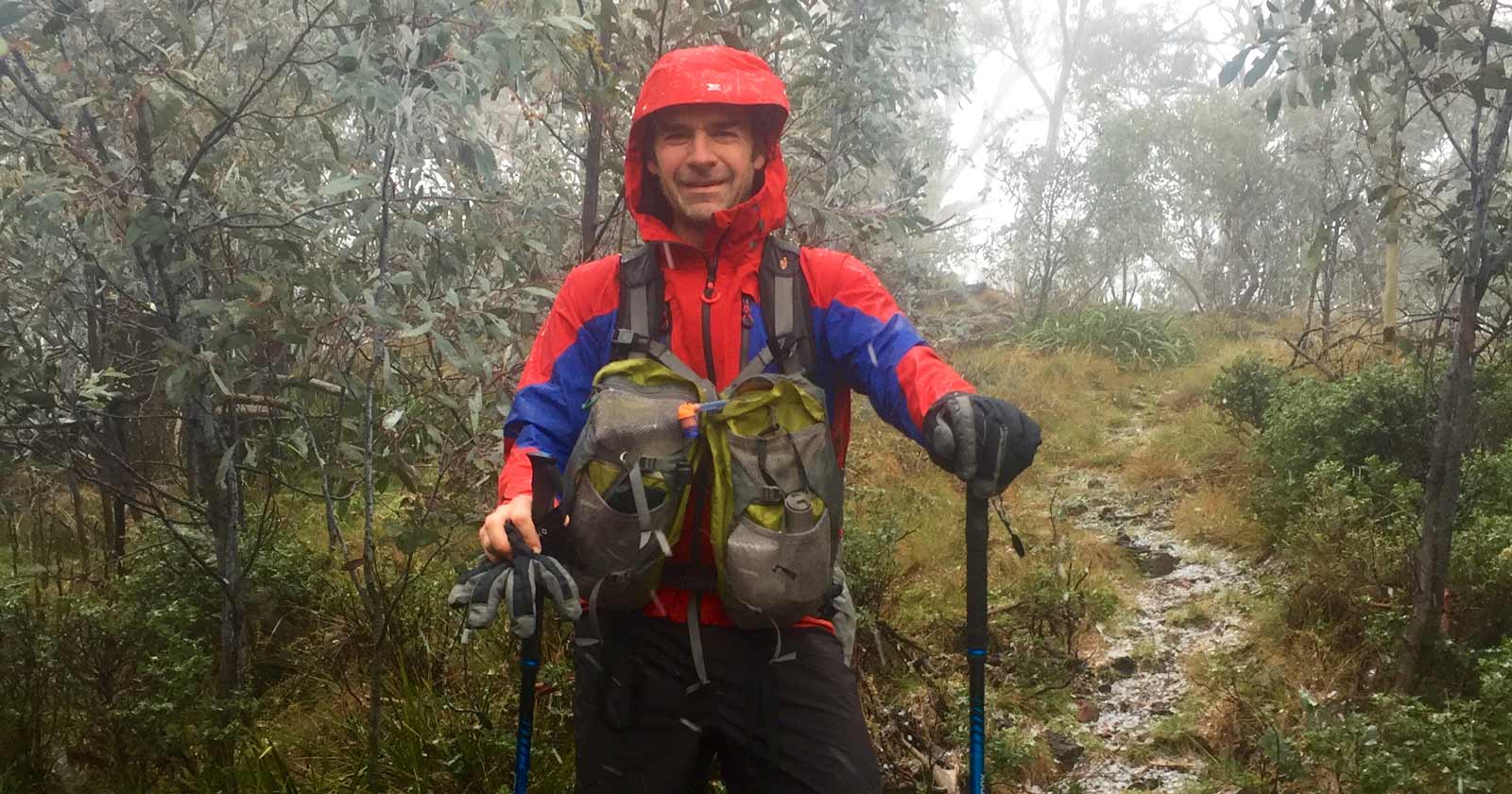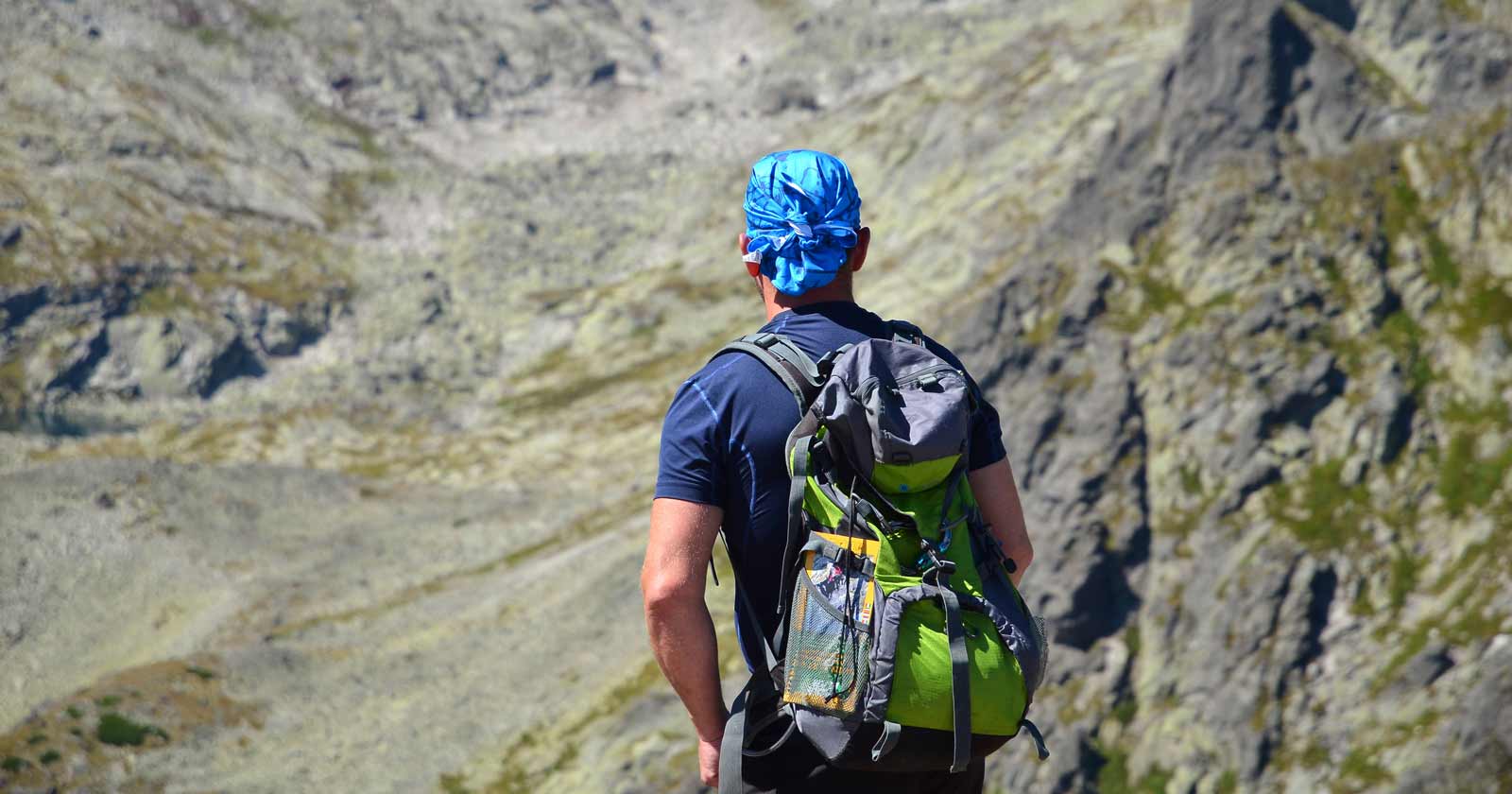Get ready for your Aussie day hikes
Hitting the Aussie bush for a day hike is a fantastic way to soak up the scenery, challenge yourself, and get some fresh air. But before you lace up your boots and hit the trail, there’s one crucial piece of gear you need: the perfect day pack. With a plethora of options available, choosing the right one can feel overwhelming. This guide will equip you with the knowledge for choosing the right day pack that’s comfortable, functional, and perfectly suited to your needs.
Step 1: Know your trek
Length and Intensity: Are you tackling a quick 2-hour jaunt or a full-day expedition? More strenuous hikes require less weight, so a smaller pack (11-15L) is ideal. Longer day hikes demand more gear, so opt for 15-20L.
Terrain and Conditions: Rugged terrain calls for a pack that hugs your body, like a 15-20L with a hip belt. For scorching days, prioritise ventilation with mesh panels. Rain or shine? Consider a pack with a built-in rain cover or choose a waterproof material like nylon.
Duration and Season: Opt for features that combat the Aussie heat: mesh panels for breathability, ventilation systems to keep you cool, and a built-in rain cover for those sudden downpours. Remember, staying comfortable and dry is crucial for enjoying your hike.
Staying hydrated: Staying hydrated is vital, even on short walks. Look for packs with convenient hydration sleeves or attachment points for external water bladders. This lets you easily access water on the go, keeping you energised and hydrated.
Step 2: Fit is paramount
A poorly fitting pack can turn your hike into a nightmare. Visit your local outdoor store and try on different models with weight (water bottles work well) to assess:
Torso Length: The distance between your shoulder blades and hip bones. Choose a pack with an adjustable torso length for a snug, comfortable fit.
Hip Belt: This transfers weight to your hips, easing pressure on your shoulders. It should sit snugly on your hip bones, not dig in.
Shoulder Straps: Padded straps distribute weight evenly. Adjust them for a comfortable fit that doesn’t restrict movement.
Step 3: Functionality matters
Compartments and Pockets: Stay organised with easy access to essentials. Look for a main compartment, a dedicated hydration sleeve for your bladder, hip belt pockets for snacks, and mesh side pockets for water bottles.
Hydration System: Staying hydrated on the go is crucial. Choose a pack with a compatible hydration sleeve (bladder sold separately). Many packs also feature easy access points for refilling your bladder on the move.
Additional Features: Consider features like trekking pole loops for hands-free carrying, a built-in or detachable rain cover for unpredictable weather, compression straps for a secure fit, and reflective elements for visibility during low-light hikes.
Step 4: Material considerations
Durability: For frequent hikes, choose abrasion-resistant materials like nylon or polyester. Canvas offers extra protection but is heavier.
Weight: Opt for lightweight fabrics if weight is a concern. Remember, every gram counts.
Water Resistance: Consider a waterproof pack for unpredictable weather, or use a pack liner for added protection. Some packs offer water-resistant coatings for light rain or splashes.
Ready for Adventure?
The less you carry, the more enjoyable your hike. Pack only essentials, layer clothing for changing temperatures, and utilise your pack’s compartments efficiently. Remember, leave no trace and respect the environment.
With this guide and a little research, you’ll be well on your way to finding the perfect day pack for your Aussie adventures. Remember, comfort, fit, and functionality are key. So grab your pack, lace up your boots, and explore the wonders of the Australian wilderness.
Looking for More? If you’re planning a multi-day trek or want to explore the world of ultralight backpacking, check out our other guides on choosing the right overnight pack and ultralight pack for your outdoor adventures.






Naomi Wright